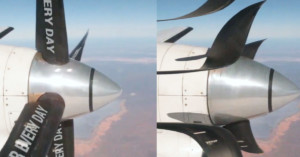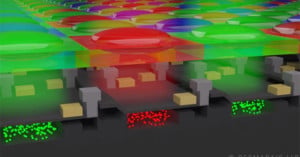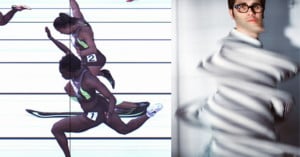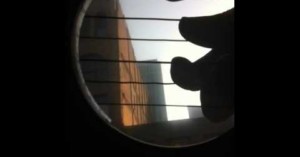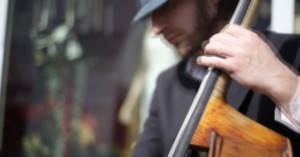
How Sigma Could Make the fp Great
I have always admired Sigma. It wasn’t regarded in the same league as it is today for its lenses until the Art series came out, but Sigma’s digital cameras have always been singular in design and purpose. The family-owned company has never been afraid to try something new, and honestly, that’s something we need to see a lot more of in the photography world.





